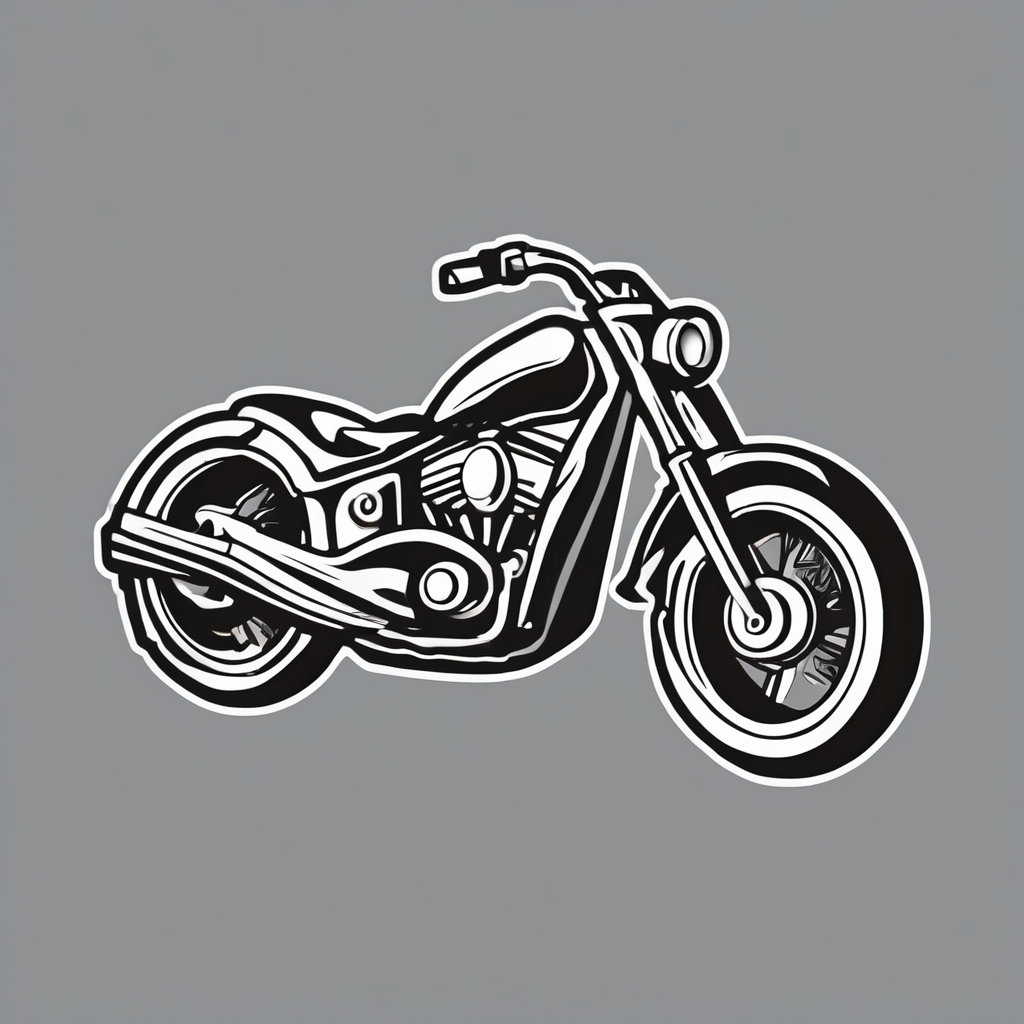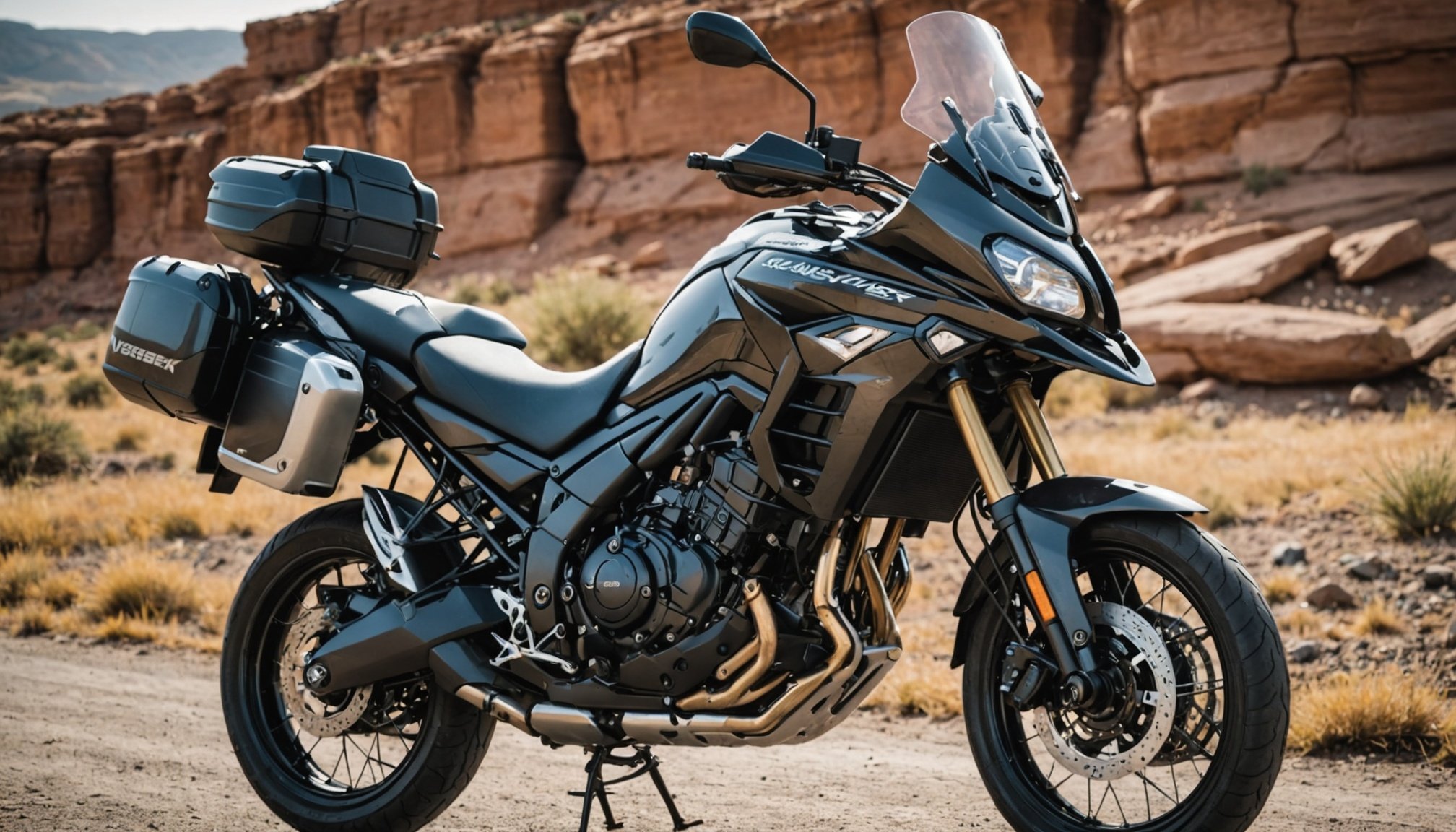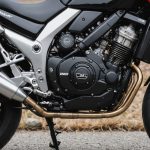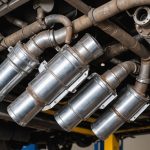Overview of Crash Bars and Their Importance
Crash bars are a form of motorcycle protection designed to safeguard both the rider and the bike during accidents. These sturdy metal frameworks typically attach to the motorcycle’s frame and extend around the engine area and lower body parts. By creating a physical barrier, crash bars help prevent damage to vital components.
One primary benefit of installing crash bars is their capacity to reduce impact damage during collision scenarios. They serve to absorb and distribute the force of an impact, minimising damage to the motorcycle’s engine and crucial systems. This is especially beneficial for riders who frequently navigate challenging terrains or urban environments.
Have you seen this : Top Techniques to Minimize Handlebar Vibrations on Your Suzuki V-Strom 650
For Kawasaki Versys 300 enthusiasts, incorporating crash bars can be particularly advantageous. The Versys 300 is known for its versatility and ability to tackle various terrains. With crash bars, owners can confidently explore off-road environments, ensuring that the bike’s frame and engine remain protected against unexpected falls or collisions.
In essence, crash bars not only enhance the longevity of a motorcycle but also provide peace of mind for riders. The added protection underscores the importance of this investment, especially for those committed to preserving their Kawasaki Versys 300’s performance and appearance.
Have you seen this : Essential Steps and Tips for Replacing the Steering Damper on Your Honda VTR1000F: A Comprehensive Guide
Tools and Materials Needed for Installation
To ensure a seamless installation of crash bars on your Kawasaki Versys 300, having the right installation tools is crucial. Start with a basic toolkit featuring wrenches, Allen keys, and a socket set. These are essential for handling the diverse nuts and bolts on your motorcycle.
With motorcycle maintenance in mind, it’s wise to have Loctite threadlocker on hand. This prevents bolts from loosening due to engine vibrations, ensuring long-term stability. Additionally, applying anti-seize lubricant on bolt threads can significantly ease future maintenance tasks, reducing the risk of rust and corrosion.
For required materials, consider purchasing OEM crash bars specifically designed for the Kawasaki Versys 300. These are engineered for a perfect fit and optimal protection. If OEM options are unavailable, ensure any aftermarket bars are compatible with your model.
Safety should always be a top priority. Equip yourself with necessary safety equipment:
- Gloves to protect your hands from sharp edges.
- An eye protection to shield against metal fragments.
- A sturdy work surface to maintain balance and avoid mishaps.
By preparing with these tools and materials, you’ll facilitate a smoother installation experience while ensuring the safety and longevity of your motorcycle’s new accessories.
Step-by-Step Installation Instructions
Proper installation of crash bars on your Kawasaki Versys 300 is paramount in boosting its safety and resilience. Here’s an installation guide to ensure a smooth process.
Preparing Your Motorcycle
Before starting the crash bar setup, place the motorcycle on a stable stand. Check the frame and bolt locations to confirm compatibility with the intended bars. Collect all necessary tools and ensure they’re in good condition.
Mounting the Crash Bars
Align the bars with your Kawasaki Versys 300 frame, referring to the manufacturer’s installation guide for precise mounting brackets’ positions. Start by loosely fitting the bars to confirm alignment. Use the recommended torque settings when tightening bolts to prevent any movement.
Finalizing Installation
Double-check all attachments to ensure security. Verify that every bolt and screw is fastened tightly to avoid accidents. Finally, adjust to accommodate any additional accessories or modifications the bike might have.
- Assess the motorcycle setup before starting.
- Follow the detailed instructions for each step of installation.
- Troubleshoot by referring back to this guide for any hurdles faced.
Your Kawasaki Versys 300 is now geared for any adventure. Ensure periodic checks for peace of mind.
Safety Tips and Precautions
When it comes to motorcycle safety, ensuring the proper installation of crash bars is crucial. This protective gear can make a significant difference in the event of a fall or accident. Installation precautions must be taken seriously for the crash bars to be effective and reliable.
Firstly, following the manufacturer’s safety guidelines during installation is of utmost importance. Neglecting these instructions could compromise the crash bar reliability, posing further risks during a crash. It’s also critical to avoid common installation mistakes, such as improper torque application or using unsuitable tools, which could lead to a loose fit or even damage the motorcycle’s frame.
Ensuring the crash bars have a proper fit and alignment is essential for their safety and effectiveness. They should hug the motorcycle’s contours snugly without obstructing any operational components like brake lines or footrests. Incorrect alignment not only impacts performance but can also introduce additional hazards.
Before any ride, routinely check the crash bars for signs of wear, corrosion, or any loose bolts. Regular maintenance enhances their reliability and ensures they perform correctly when needed most. By meticulously following these guidelines, motorcyclists can significantly enhance both their safety and the effectiveness of their protective equipment.
Visual Aids and Community Input
In the world of motorcycle enhancements, installation videos are a pivotal resource for enthusiasts. These visual resources provide clarity and confidence, guiding users through intricate installation processes step-by-step. For those who are visual learners, seeing the process executed in real-time can be incredibly advantageous, especially for complex installations that written instructions can’t fully convey.
The motorcycle community plays a significant role in sharing knowledge and experiences. Through various forums and community groups, enthusiasts exchange tips, tricks, and even homemade guides. These platforms are a treasury of insights where members share their triumphs and troubleshoot failures, often capturing their experiences in video formats for the benefit of others.
User-generated content cannot be overstated in its impact. Community members are encouraged to contribute their insights and create fresh visual aids based on their unique experiences. Not only does this enrich the base of knowledge available, but it also fosters a sense of camaraderie and shared learning among motorcycle aficionados. Engaging with these resources can transform daunting tasks into manageable projects, empowering users to take control of their motorcycle enhancements with confidence and skill.
Purchasing Recommendations and Compatibility
Navigating the marketplace for crash bar brands tailored for the Kawasaki Versys 300 can be both exciting and challenging. Compatible products are essential to ensure that the crash bars not only protect your motorcycle but also integrate seamlessly with other accessories. Among the renowned crash bar brands available, consider SW-Motech and GIVI, both of which provide robust protection and are known for their durability.
When diving into the options for your Kawasaki Versys 300, it’s advantageous to consult purchasing guides. These resources often rank products based on factors such as build quality, ease of installation, and overall value, helping you make an informed choice. For example, a good purchasing guide will highlight features such as whether these crash bars are compatible with existing components on your bike and the ease of adding further modifications.
For those seeking high-quality yet affordable options, online marketplaces and specialised motorcycle accessory stores are treasure troves. They frequently offer deals and are excellent starting points for evaluating costs against features. Compatibility is key, ensuring that any new addition blends well with your bike’s existing parts and optimises performance without unnecessary adjustments or replacements.











